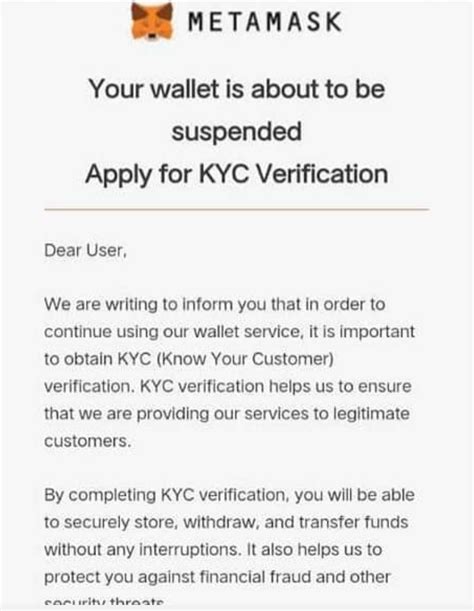Metamask: a guide to interact with Ethereum contracts via API

In 2021, Metamask, the famous cryptocurrency portfolio, made news announcing that he would abandon his web3 integration and based exclusively on external bees to interact with Ethereum Smart Contracts. The decision was accepted with surprise by the cryptocurrency community, since the Metamask bees had previously been a powerful tool for developers to manage their wallets and interact with various Ethereum projects.
However, this change has left many users that rely on Metamask for the management of ERC20 and ERC721 resources without a practicable alternative. In this article, we will explore how to use the official Metamask API to carry out simple tasks such as reading the token balance for a portfolio on an ERC721 contract.
Understanding of the Metamask API
The Metamask API provides a series of endpoints that allow developers to interact with the intelligent contracts of Ethereum and manage their wallets. While the API has been updated since 2021, it is still based on external bees such as web3.js or the solidity compiler to analyze and perform Ethereum Bytecode.
To use the Metamask API, you need to have a valid metamask account and a wallet address associated with it. Once you have access, you can browse the «wallet» section and click on the three vertical points next to your wallet address. From there, select «Metamask Account Info»> «Network»> «API» to enable API access.
Reading of the token budget for an ERC721 contract
To read the token balance for a wallet on an ERC721 contract using the Metamask bees, you can follow these steps:
- Get the account address : Click on the wallet address in the Metamask account section and copy it.
- ** Use the endpoint
ete_getbalance: the endpointis Et_getbalance ‘allows you to recover the current balance of a specific Ethereum account. You will have to replace
- ** Send a request to the ENTHO_Blocknumber ‘endpoint: to determine the balance, the most recent block number is also necessary. This can be achieved by sending an Get to
<_project_id>.
- Combine the two requests
: Combine the requestsEth_Getbalance
is Eth_Blocknumberin an API call using theConcat 'Web3.js.
5 You can analyze these data to extract the token sales.
Here is a snippet of example code that shows how to perform these steps:
Javascript
Const Web3 = Requirements (‘Web3’);
Const Infuraurl = ‘
// Sets a new web3 application with the API key of Infura
Const Web3ininance = New Web3.eth.inance (Infuraurl);
// Get the account address from your Metamask portfolio
Const AccountAddress = ‘
// Use the Endpoint Eth_getbalance to recover the account balance
Getbalance asynching function () {
Attempt {
Const FlicitSponse = Abvet Web3ininance.Getbalance (AccountAddress);
return scales ,balance;
} Catch (error) {
Console.error (‘Error to obtain balance:’, error);
return null;
}
}
// Use Endpoint Eth_Blocknumber to determine the most recent block number
Getlatostblock asynchronic function () {
Attempt {
Const lastblock = active web3ininance.eth.blocknumber ();
return the last block;
} Catch (error) {
Console.error (‘Error to get the last block:’, error);
return null;
}
}
// combines the two requests and analyzes the response to the extraction token balances
Getbalanceandlocks asynching function () {
Attempt {
Const FlicitSponse = abvet web3ininance.getbalance (AccountAddress);
Const Last Brockresponse = Active Web3Ininance.eth.
